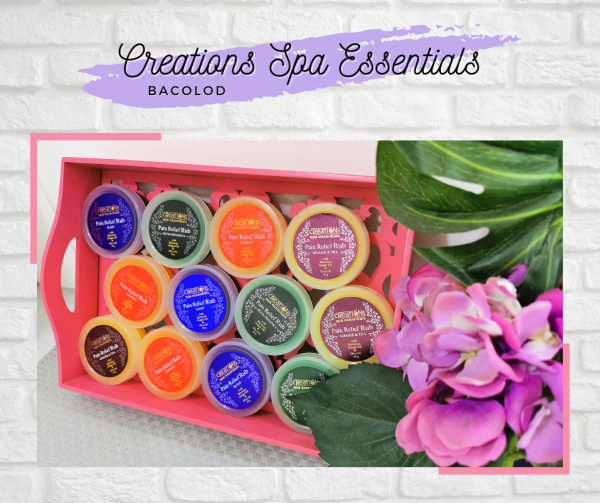Ways To Make Practicing Penmanship Easy And Fun For Your Pre-schooler
Penmanship should not be a boring task for any child. Sometimes, the “boring tasks” children refer to have been introduced to them either at an inappropriate time for their stage of development for that particular task or that they were introduced in a laborious manner.

Here are some steps that may guide you into making penmanship an automatic skill in your child in his later stages.
Introduce the alphabet
You may introduce the alphabet to your child in both visual and tactile ways. You may cut out letters from felt papers or use any embossed material. As you introduce the letter, allow your child to touch the letter freely or with your hand guiding his. As you guide your child’s hand by motioning the way you would write that letter, keep repeating the name of the letter.
Start with a blank paper
When your child shows his interest in writing by doodling and saying that it’s the letter “A,etc.,” you may start encouraging him to write on blank sheets of paper. Let him doodle for a time. As he doodles, observe when he can be capable of tracing the lines that you make. Introduce writing a certain letter by trying to make a game out of it. Write some dashed lines that he would follow and continue making those dashed lines until he finishes the whole letter. As he finishes, always give an appropriate praise or encouragement.
Gradually introduce writing within the lines
You may start providing your child papers with blue-red-blue lines. Drawing one set of blue-red-blue lines on a letter sized bond paper is highly suggested. This would enable your child to concentrate on only one set blue and red lines as he starts learning how to write. You can also adjust the width of the spaces between the lines. Remember that your child is still struggling to control his fine motor skills at this time.
However, if you do prefer the store-bought pad paper, make sure that you choose the one for lower levels for it has wider spaces
You may cover the rest of the sheet of pad paper so that he would not get confused with all the lines presented to him at once. You may start writing only two sets of the letter you are introducing to your child. You may keep adding as he shows interest.
Provide novelty pens, crayons, or any writing materials
Give your child colorful and interesting writing materials such as crayons, pens, paints, sticks to write on sand, etc. Make sure, though, that you give ample instructions to him, as well as to his caregiver, on when, how, and where to use these materials. If there are materials that are quite expensive or difficult to handle (because it may leave stains, etc.), tell him to wait when you are around. With this, you can both look forward to spend a meaningful learning experience.
Encourage your child to draw and write
Drawing comes out more naturally than writing among children. When he has already started drawing and can start reading familiar words, encourage him to write a word, a letter, or simply his name on his drawing.
Give your child opportunities to label things
When you’re organizing or when you may need to label certain things such as boxes, etc., you may want to ask your child to do some of them. This way, your child can see how useful writing can be and may eventually become automatic for him.




